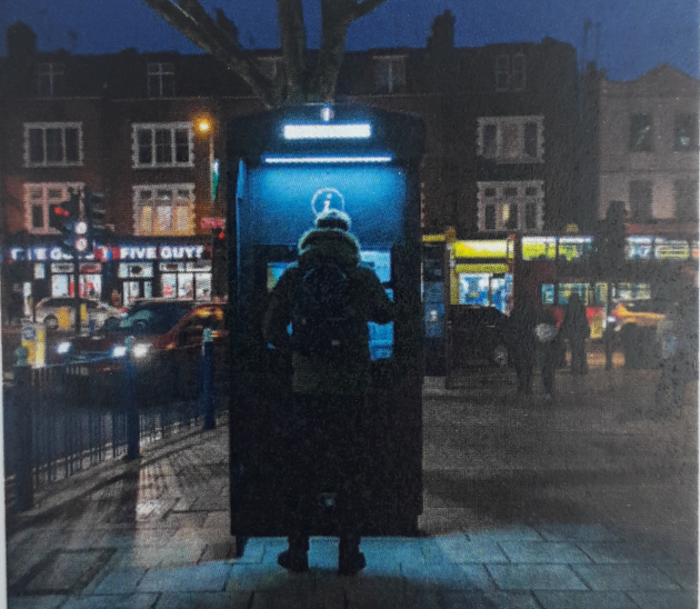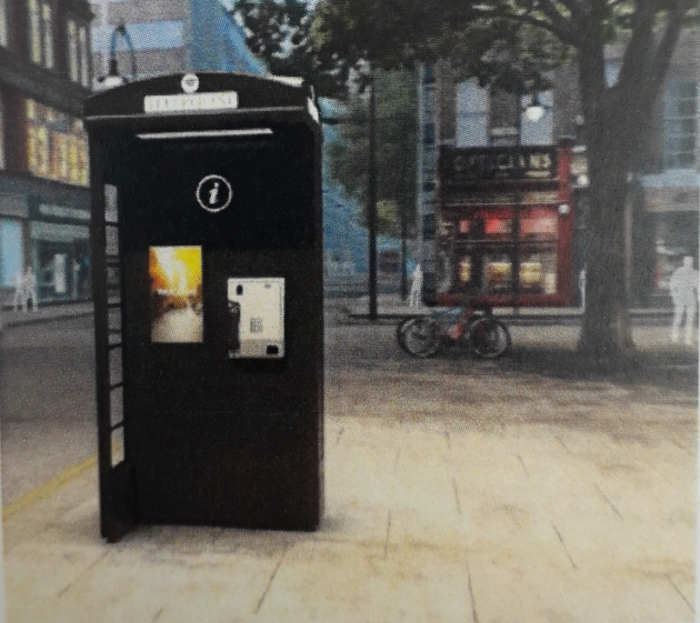Wi-Fi, touchscreens and tourism: Eir is planning a major revamp of its payphones
The telecoms company is hoping the changes will bring a bump in users.
EIR IS REPLACING old payphones around Dublin with new high-tech versions that will include Wi-Fi, interactive touchscreens and info services for tourists.
Recently filed planning documents show that the company is applying for permission to upgrade the kiosks in more than 20 locations around the city. The new kiosks are designed to “play a role that is more suitable to city life today”.
The company must continue to maintain a number of payphones under its Universal Service Obligation and has sought permission to push ahead with a major tech upgrade.
Aside from including a functioning phone, the kiosks will include mapping systems for visitors and residents. They will also be able provide Wi-Fi and have an interactive screen that will provide information on local authority events and services, public buildings and tourist attractions.
In a statement to Fora, Eir said it has agreed a programme with Dublin City Council and outdoor advertising company Clear Channel to “improve” public payphones at selected locations in Dublin, subject to planning approval.
“The proposed structures are open stand-alone kiosks designed to reduce instances of anti-social behaviour, improve street furniture and provide enhanced services to users including interactive, digital information points,” the company said in a statement.
 A mocked-up design of the proposed new payphones.
A mocked-up design of the proposed new payphones.
‘Modern network’
The proposed new kiosks will have “a more contemporary design” that includes more functionality and “assimilates more easily into the streetscape”, according to planning documents.
The number of phone boxes around the city has been reduced significantly in recent years. However, large numbers of calls are still made from the remaining ones, according to the application.
As of December 2018, there were 97 standalone payphones in Ireland, some 37 of which are in Dublin alone. There were also 380 phones at “multi-unit sites” like train stations and shopping centres. There were more than 1,300 public payphones in 2014.
According to Eir’s figures for April to June 2019, there were 34 standalone payphones in Dublin with one removed and 155 “multi-unit sites”.

If a payphone is used for less than one minute a day on average and if emergency services calls don’t count for more than 30 seconds of each minute, Eir can remove the facility.
The company has called this obligation enforced by ComReg “excessively restrictive” and “inefficient” in the past.
Get our Daily Briefing with the morning’s most important headlines for innovative Irish businesses.






